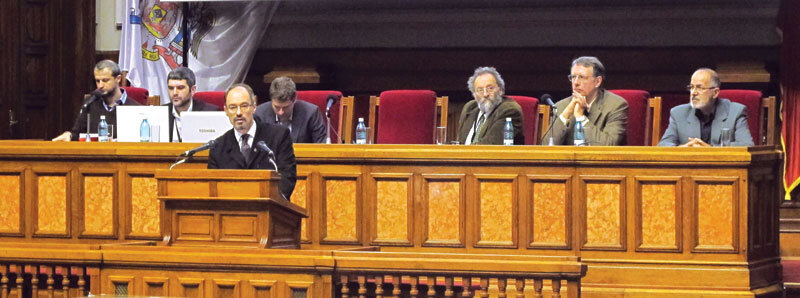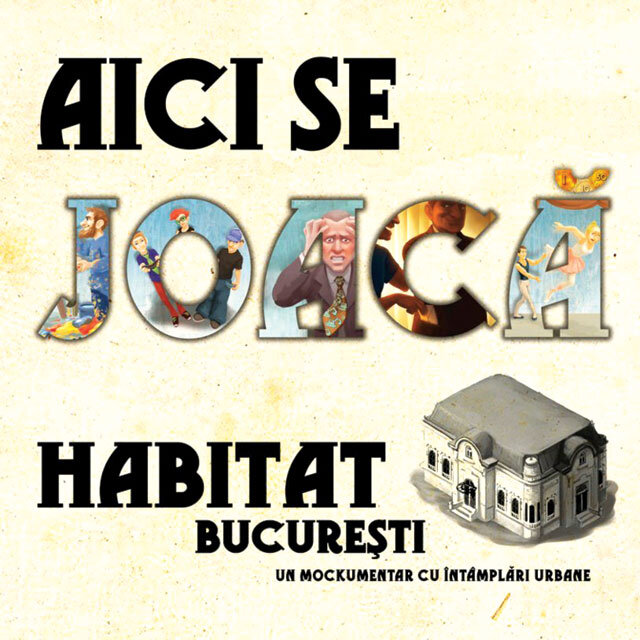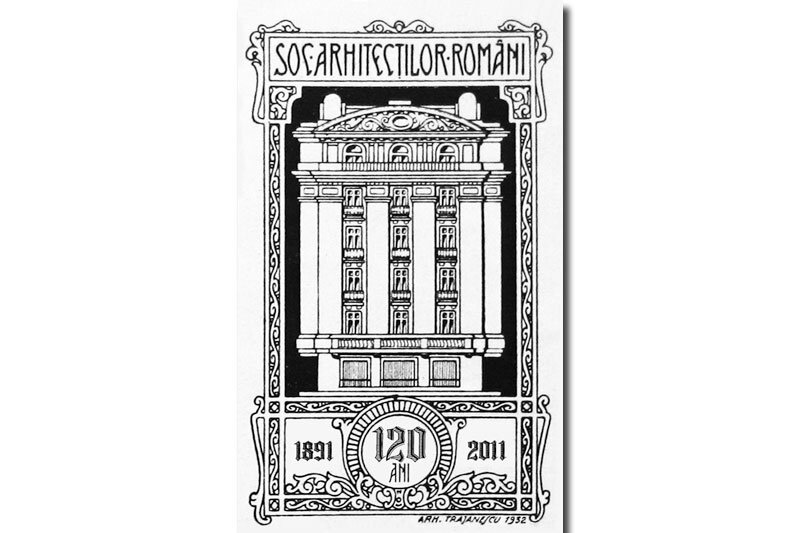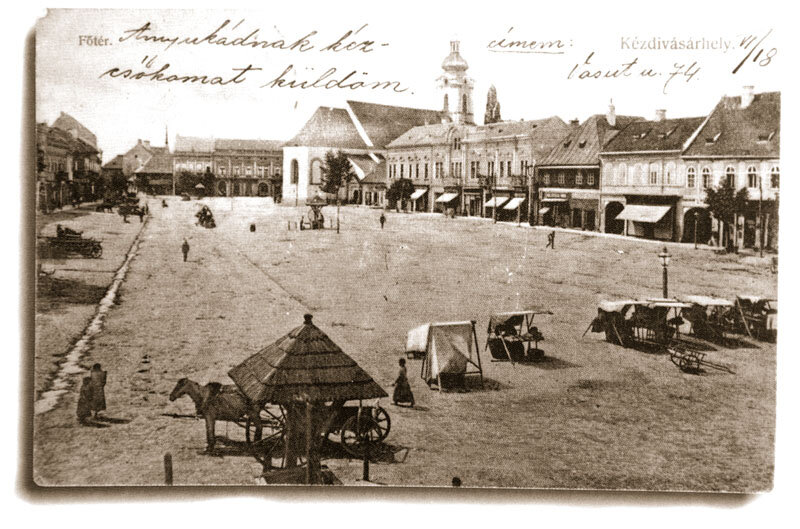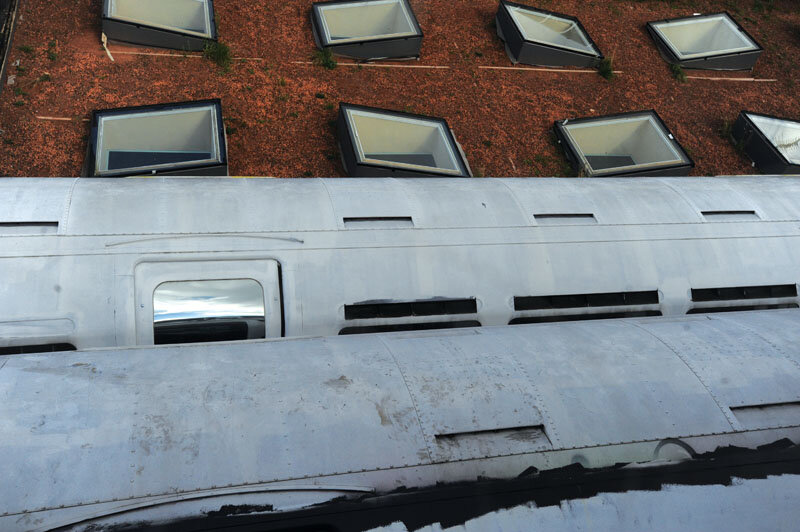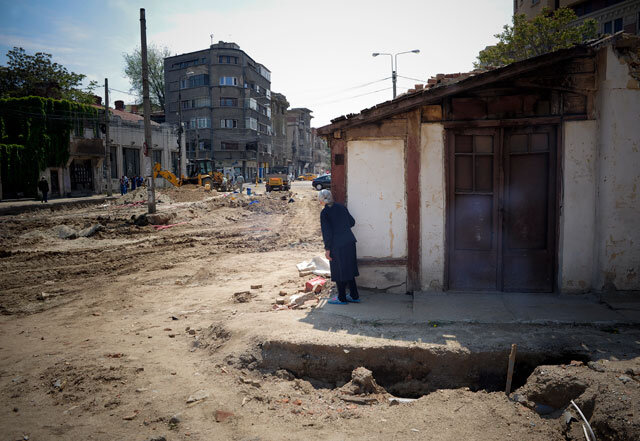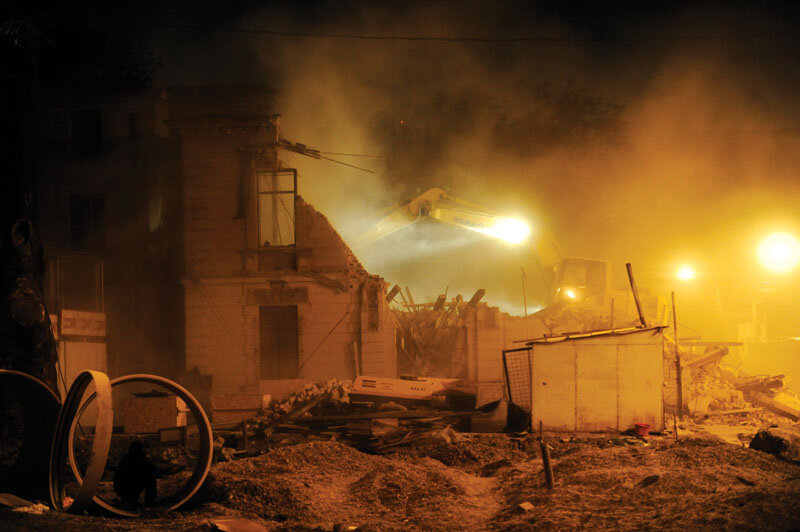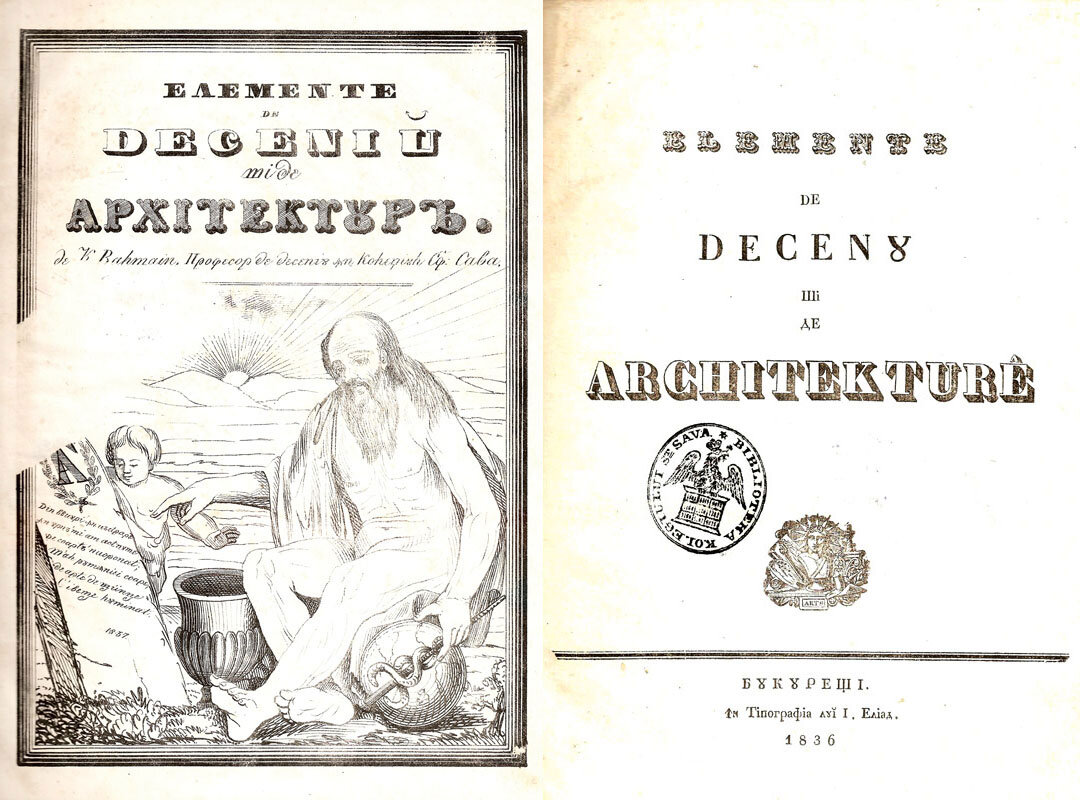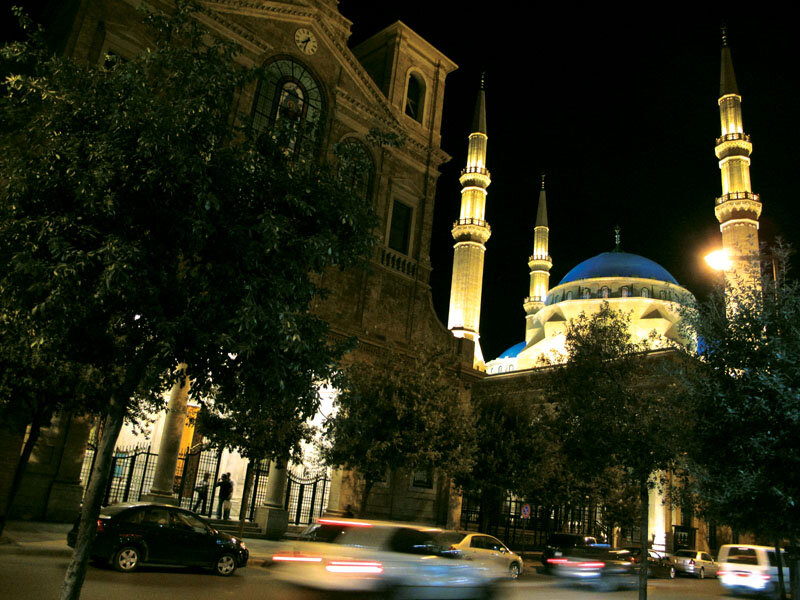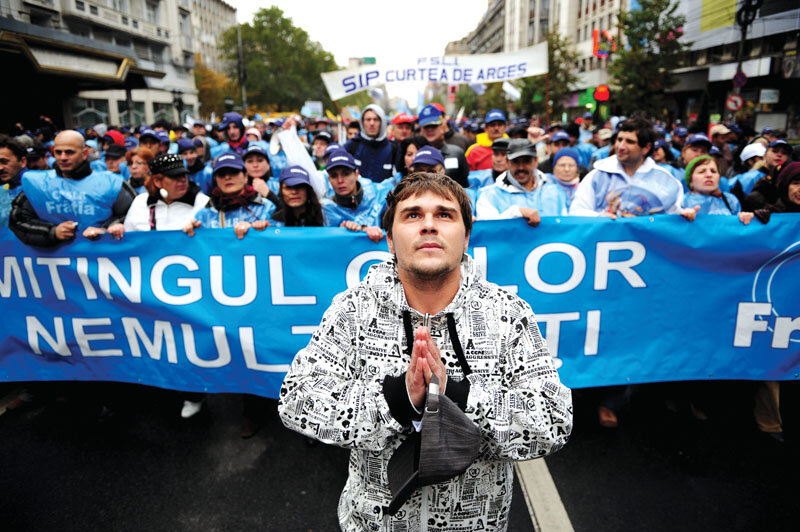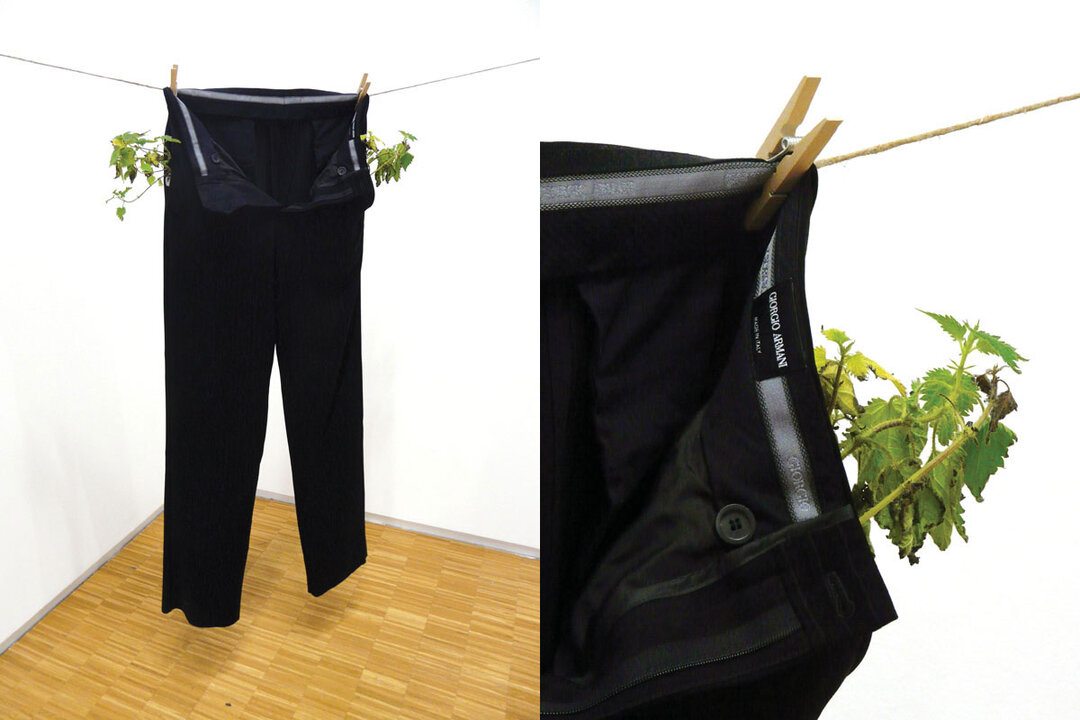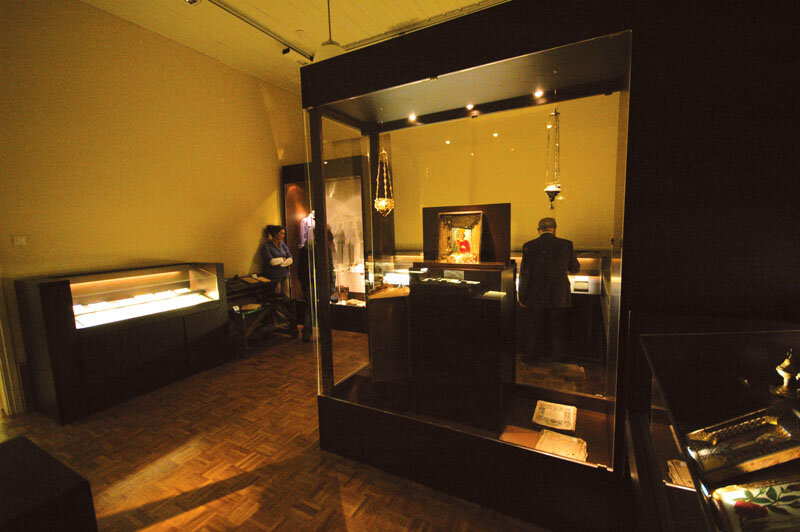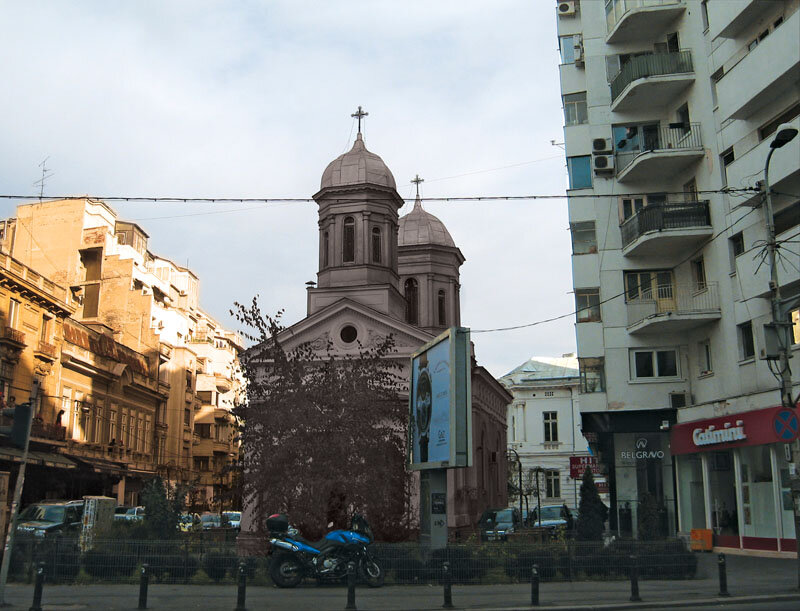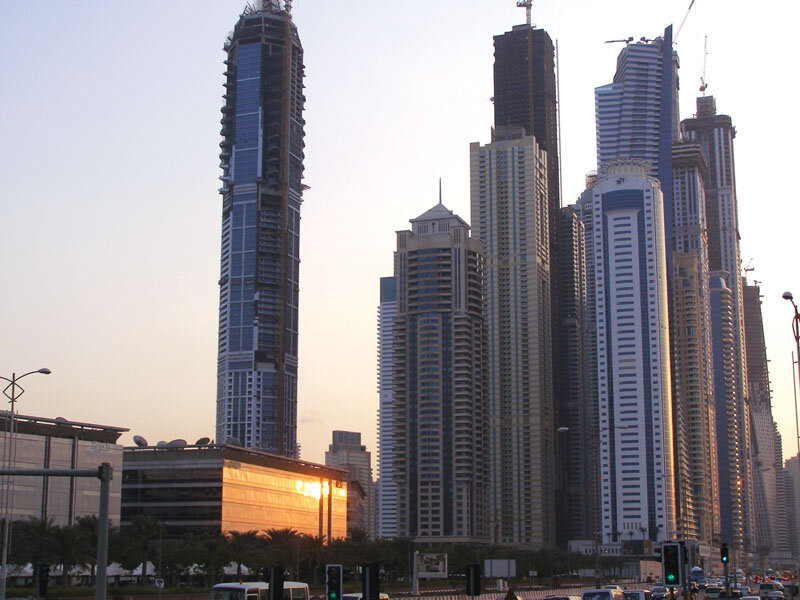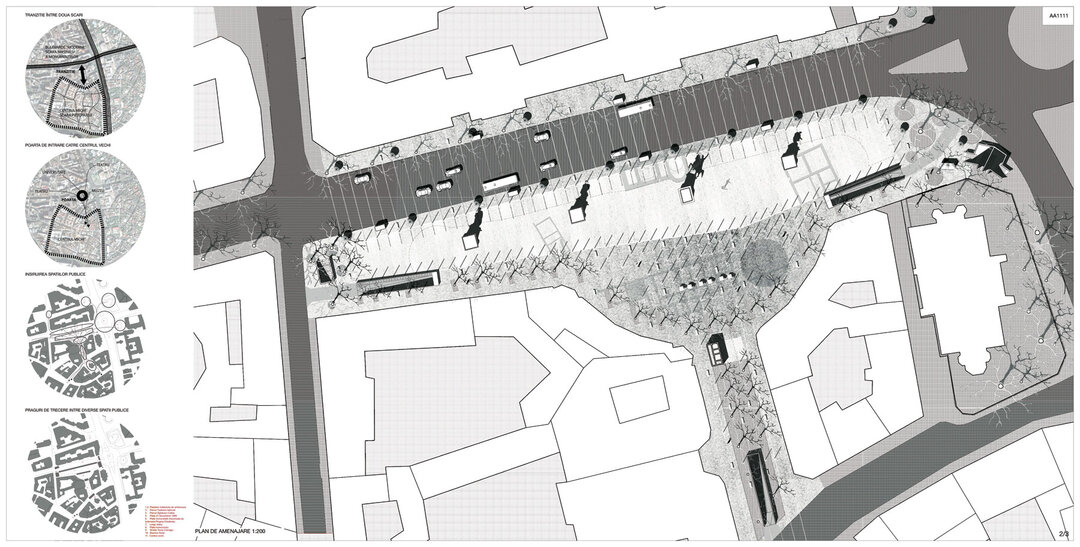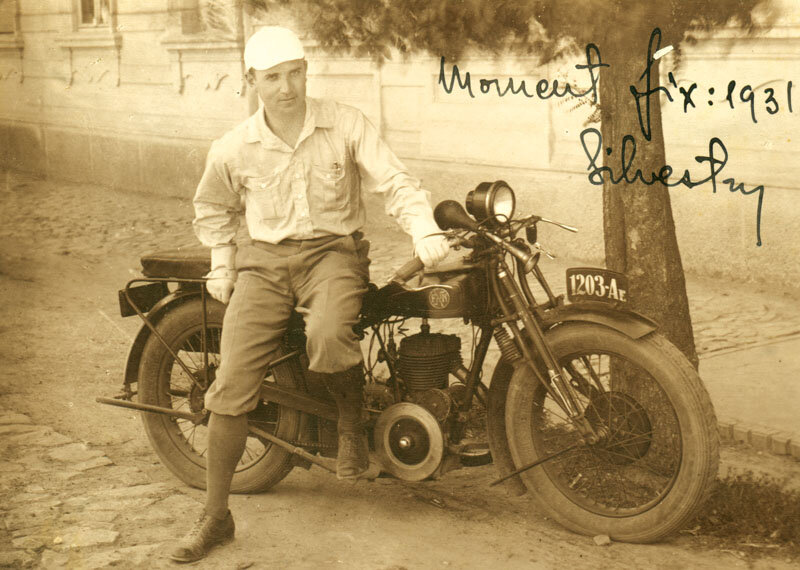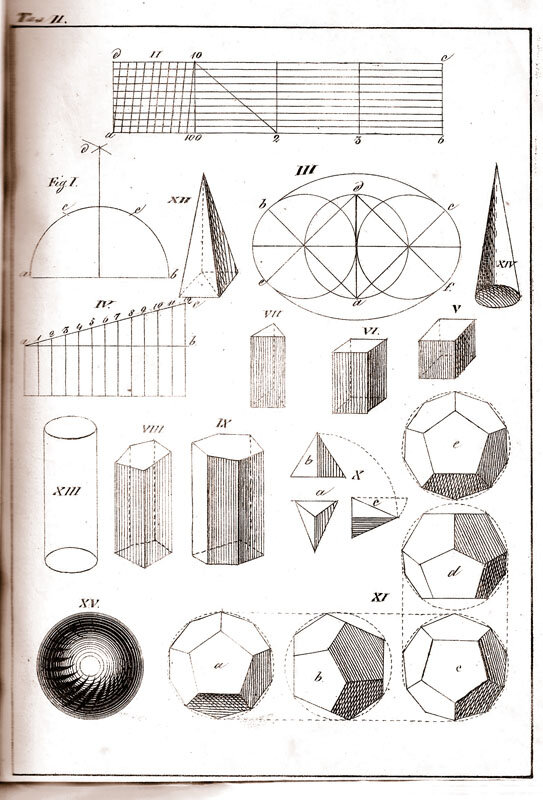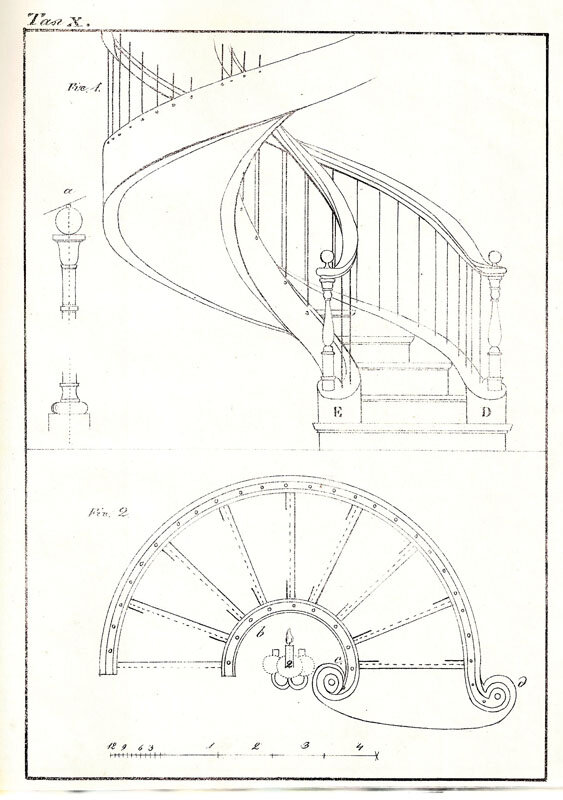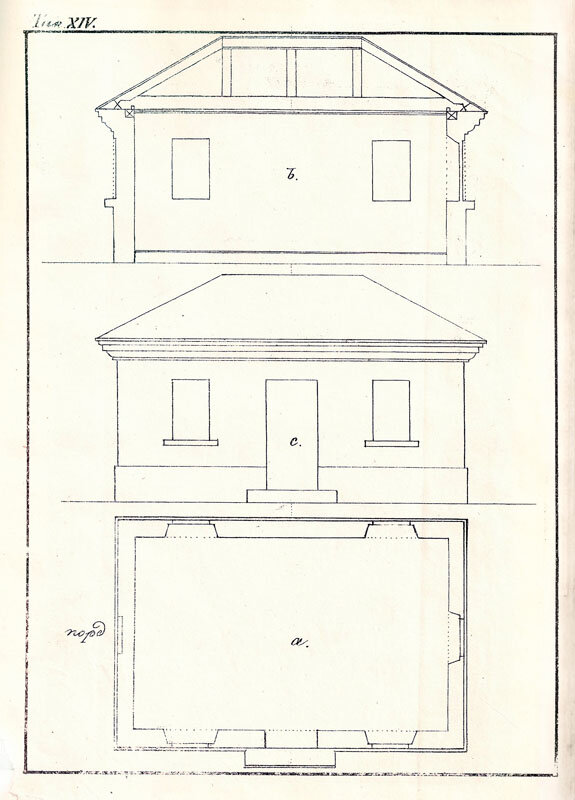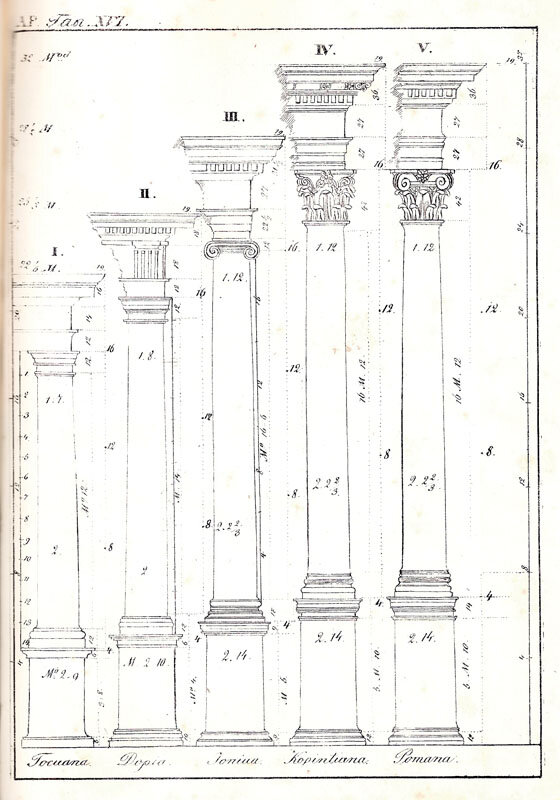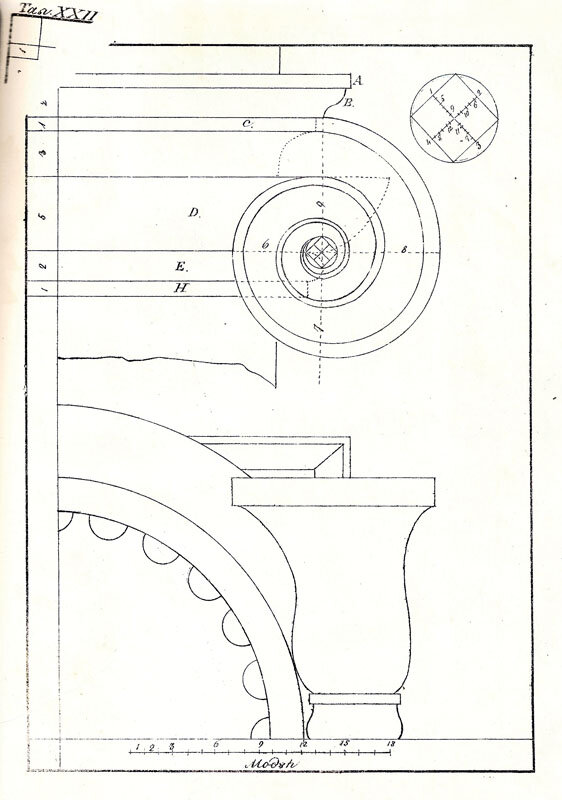
Începuturile învățământului românesc de arhitectură în Țările Române
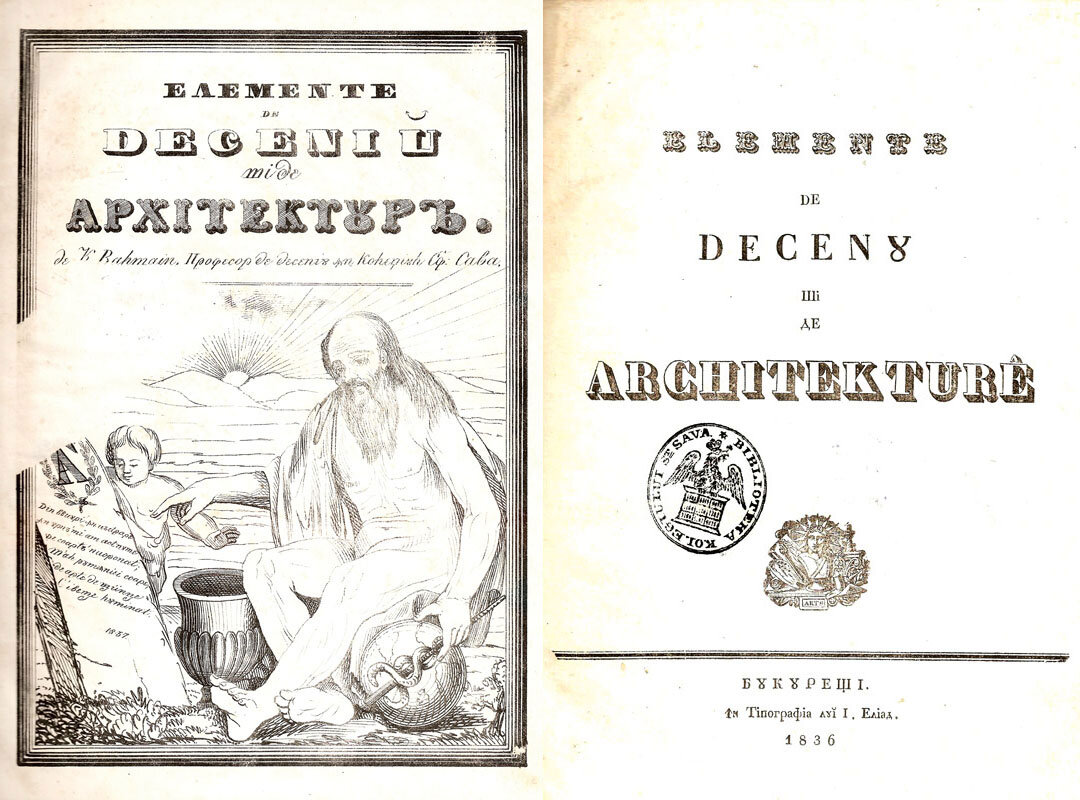
The Beginnings of Architectural Education in Wallachia
| Bucureștii anului 1837 din vremea lui Vodă Ghica au rămas zugrăviți în forma cea mai pitorească de mulți călători străini, de la Neigebauer, Lancelot sau Ubicini și până la prințul Anatole de Demidoff.
Din scrierile lui Demidoff1 s-au inspirat generații de istorici sau jurnaliști pe parcursul unui veac și jumătate, ținând pagina principală în articole și foiletoane, cum ar fi cele ale remarcabilului Domenico Casseli, din publicația interbelică „Gazeta Municipală”. Spune astfel cronicarul: „Din toate părțile toți se întreceau să ne facă cele mai bune servicii; cei mai iluștri și cei mai onorabili din acest bun oraș se puneau la dispoziția noastră pentru a ne mări prada noastră de călători, și nu e posibil să întrebuințeze cineva mai bine ca noi cele cinci zile care s-au scurs prea repede. După ce, ne mai puserăm în ordine notele personale luminate (în fruntea cărora se cuvine să punem pe Hospodar și pe dl. Ministru Stirbey), aruncarăm o privire de adio și de recunoștință asupra acestui oraș, demn de a fi așezat printre cele mai interesante. Parcurseserăm deci pentru ultima dată străzile sale întortocheate, ne oprirăm din nou în pragul bisericilor sale, cu coloane sculptate, cu fresce unde sclipesc, multicolore, chipurile blânde ale sfinților. Ne grăbirăm să-i scotocim vechile cartiere și șoseaua unde se plimba boierimea; respirarăm atmosfera fumătorilor care se adună la cafenele, unde ziarele tuturor națiunilor satisfac curiozitatea unui public avid de noutăți din lumea politică”. Demidoff dixit! - sau, mă rog, gavarit... |
| Citiți textul integral în nr 6 / 2011 al Revistei Arhitectura. |
| 1 ediția completă din 1854 |
| The Bucharest of 1837, during the reign of Vodă Ghika, was portrayed in highly picturesque colours by numerous foreign travellers, from Neigebauer, Lancelot and Ubicini to Prince Anatole Demidoff.
The writings of Demidoff1 (a complete edition was published in 1854) inspired successive generations of historians and journalists over the course of one and a half centuries, and found a prominent place in articles and feuilletons such as those written by the remarkable Domenico Casseli for Gazeta Municipală between the two world wars. This is what the chronicler says: “Wherever we went, they all vied with each other to provide us with the best services; the most illustrious and the most honourable men of this good city placed themselves at our disposal, augmenting our booty as travellers, and nobody could have employed those five days more profitably than we did, days that elapsed all too quickly. After we had put in order our edifying personal notes (at the head of which it is fitting to place the Hospodar and Minister Stirbey), we cast one last farewell look of gratitude over this city worthy of being ranked among the most interesting. We travelled along its winding streets for the last time. We paused once more on the threshold of its churches, with their carved columns and frescos where the gentle, polychromatic faces of the saints gleam. We hastened to explore its old quarters and chausée, where the boyars stroll; we breathed in the atmosphere of the smokers that gather at the coffee houses, where the newspapers of all nations satisfy the curiosity of a public eager for news from the political sphere.” Demidoff dixit! Or rather skazal... |
| Read the full text in the print magazine. |


